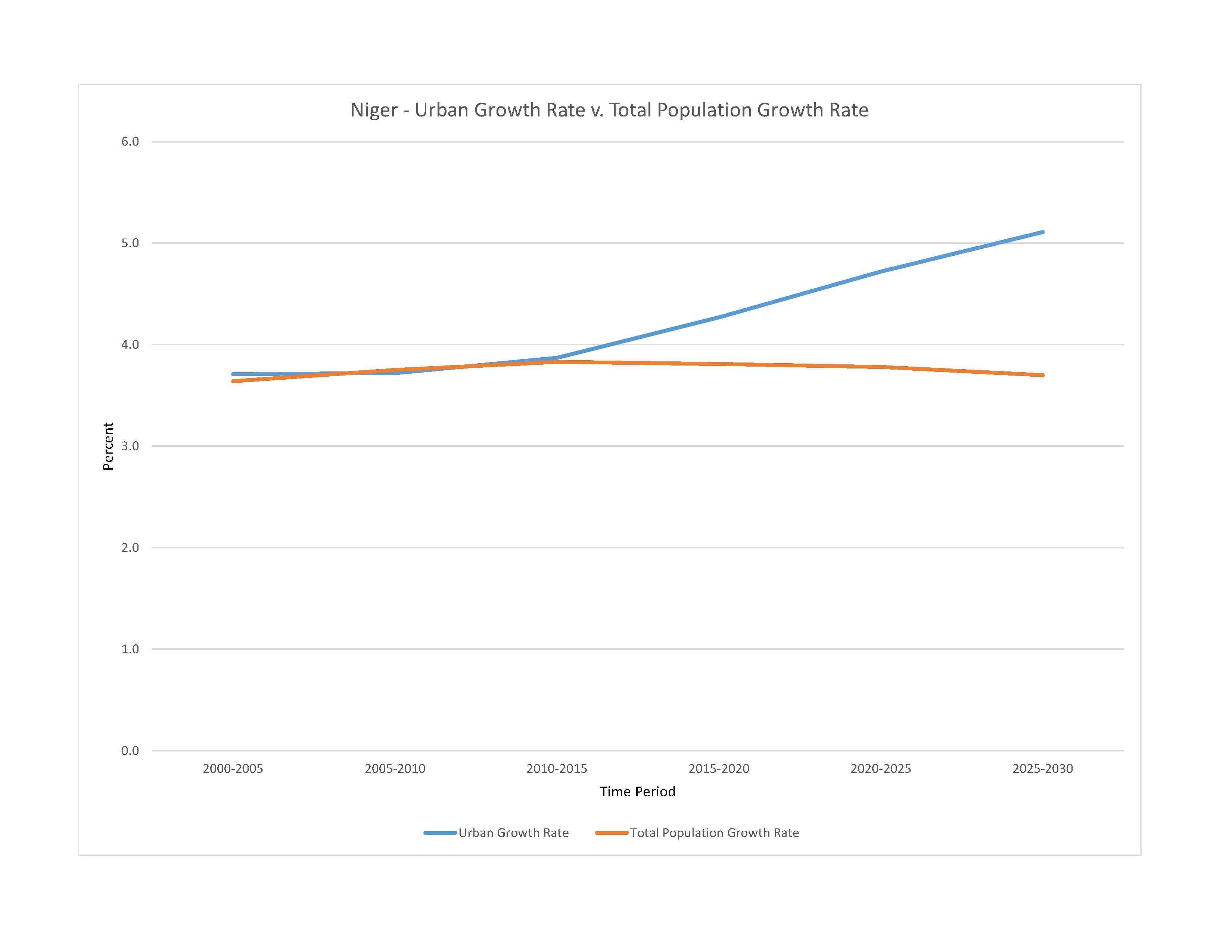
overgrazing; soil erosion; deforestation; desertification; contaminated water; inadequate potable water; wildlife populations (such as elephant, hippopotamus, giraffe, and lion) threatened because of poaching and habitat destruction
party to: Biodiversity, Climate Change, Climate Change-Kyoto Protocol, Climate Change-Paris Agreement, Comprehensive Nuclear Test Ban, Desertification, Endangered Species, Environmental Modification, Hazardous Wastes, Law of the Sea, Nuclear Test Ban, Ozone Layer Protection, Wetlands
signed, but not ratified: none of the selected agreements
desert; mostly hot, dry, dusty; tropical in extreme south
agricultural land: 35.1% (2018 est.)
arable land: 12.3% (2018 est.)
permanent crops: 0.1% (2018 est.)
permanent pasture: 22.7% (2018 est.)
forest: 1% (2018 est.)
other: 63.9% (2018 est.)
urban population: 17.1% of total population (2023)
rate of urbanization: 4.72% annual rate of change (2020-25 est.)

widespread lack of access:due to internal conflict, high food prices, and floods - about 2.87 million people are projected to be acutely food insecure during the June to August 2023 lean season period; this would be an improvement on the situation in 2022, mostly reflecting the sharp upturn in crop yields following the below‑average cereal output in 2021; persistent insecurity continues to disrupt livelihoods and has displaced over 360,000 people as of January 2023, mostly in the Diffa, Tahoua and Tillabery regions; high food prices, as well as the floods in 2022 that affected about 327,000 people, are additional factors that have aggravated food insecurity (2023)
4.41% of GDP (2018 est.)
0.03% of GDP (2018 est.)
particulate matter emissions: 50.15 micrograms per cubic meter (2019 est.)
carbon dioxide emissions: 2.02 megatons (2016 est.)
methane emissions: 22.99 megatons (2020 est.)
municipal solid waste generated annually: 1,865,646 tons (1993 est.)
municipal solid waste recycled annually: 74,626 tons (2005 est.)
percent of municipal solid waste recycled: 4% (2005 est.)
fresh water lake(s): Lake Chad (endorheic lake shared with Chad, Nigeria, and Cameroon) - 10,360-25,900 sq km
note - area varies by season and year to year
Niger (shared with Guinea [s], Mali, Benin, and Nigeria [m]) - 4,200 km
note – [s] after country name indicates river source; [m] after country name indicates river mouth
Atlantic Ocean drainage: Niger (2,261,741 sq km)
Internal (endorheic basin) drainage: Lake Chad (2,497,738 sq km)
Lake Chad Basin, Lullemeden-Irhazer Basin, Murzuk-Djado Basin
municipal: 190 million cubic meters (2020 est.)
industrial: 40 million cubic meters (2020 est.)
agricultural: 2.35 billion cubic meters (2020 est.)
34.05 billion cubic meters (2020 est.)
NOTE: The information regarding Niger on this page is re-published from the 2024 World Fact Book of the United States Central Intelligence Agency and other sources. No claims are made regarding the accuracy of Niger 2024 information contained here. All suggestions for corrections of any errors about Niger 2024 should be addressed to the CIA or the source cited on each page.
This page was last modified 04 May 24, Copyright © 2024 ITA all rights reserved.